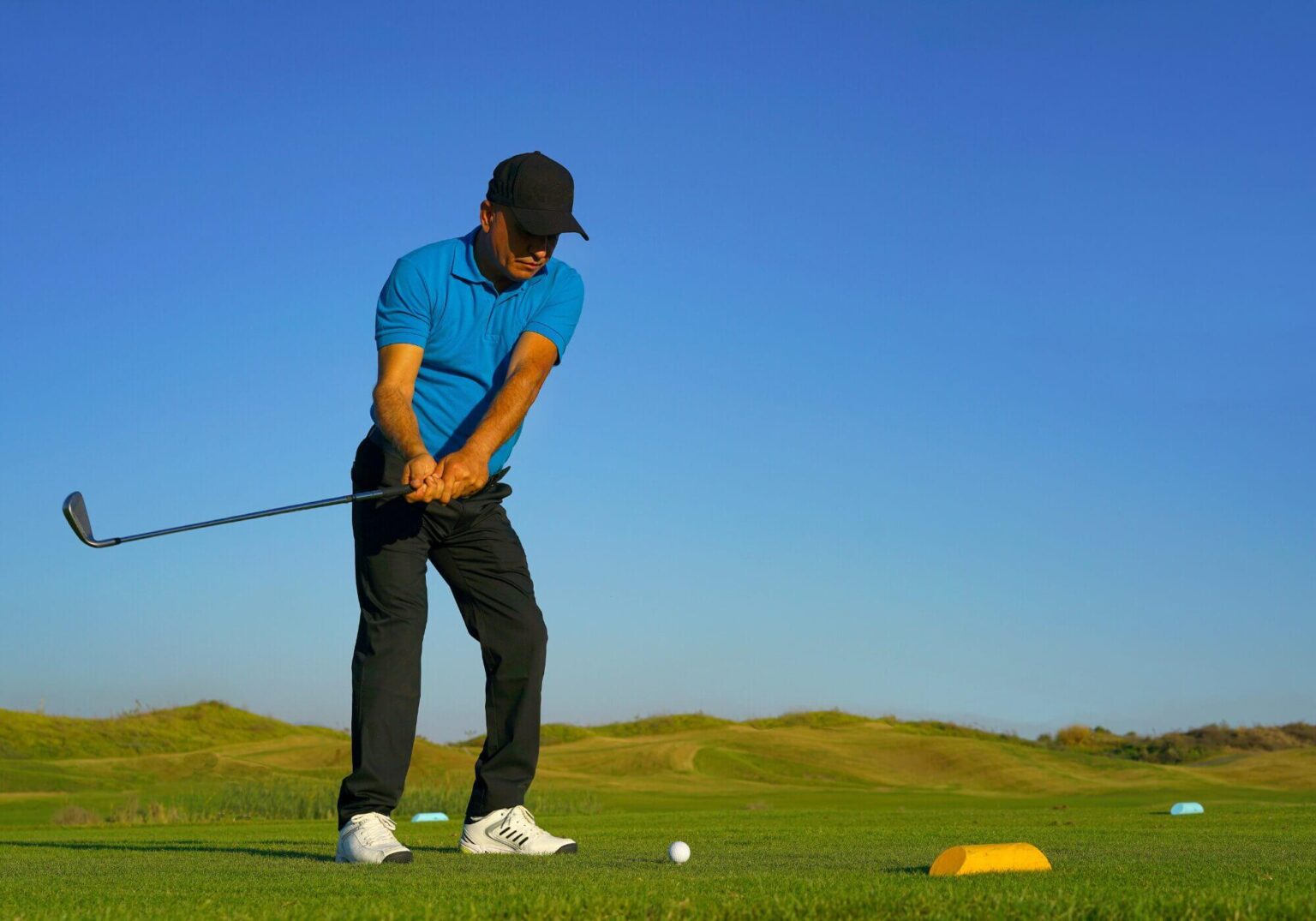Unlocking Spin: How to Master Your Short Irons
Ah, that sound! You know it well—a golf ball hitting the green with authority, stopping on a dime, then spinning back toward the flag like it’s on an invisible string. If you’re watching the pros, you might think they’re using some secret method to achieve that magical spin. Spoiler alert: they’re not. What they rely on is technique. You can transform those nerve-wracking approach shots into aggressive assaults on every pin with the right mechanics.
Why Short Irons Are Spin Machines
Let’s get into some golf science here for a sec. With shorter clubs, physics is on your side. More loft means extra backspin comes naturally at impact. Plus, the shorter shaft gives you enviable control over the clubface, which is crucial for maximizing that glorious friction we all want with our short irons.
And let’s talk about those grooves. Those little lines on your clubface? They are not there just for looks. Sharp grooves grab the ball and shoo away moisture and debris that could ruin spin. That’s why you often see pros swapping out their wedges—the old grooves just can’t bite like fresh ones.
When you swing with short irons, your natural technique already promotes a steep attack angle, which is perfect for that all-important compression. Add in the weight distribution of the clubhead, and you’re primed for serious spin magic.
Setup Fundamentals for Maximum Spin
Now, let’s dive into how to set yourself up for success. Ball placement is everything. For your short irons—from your 9-iron to your wedges—center it in your stance. Keeping this position consistent makes sure you’re always hitting on the downswing, and that’s where the magic happens.
Next, narrow that stance to about hip-width. Trust me, weight distribution is more important than you think. Start with about 55% of your weight on your front foot and keep it there. This helps prevent that awkward scoop that leaves your ball flying off course.
And here’s a pro tip: aim your feet slightly left of the target (for righties). This subtle open stance sets you up for an outside-in swing path, which is a little spin booster. Just don’t go overboard; a tiny nudge is plenty.
The Swing That Creates Spin
When it comes to the swing, “steep and clean” should be your new motto. Make that backswing a bit more vertical than you would with longer irons. This upright swing path sets up a descending angle that compresses the ball perfectly against the clubface.
Don’t forget about your wrists! Get them hinged early. Your left arm should be parallel to the ground by the time your wrists are fully set. This helps create the leverage you need to make that sharp, downwards strike.
The most killer part of the swing for producing spin? The transition. You gotta pull down hard with your left hand while keeping those wrists hinged as long as possible. Avoid the urge to help the ball up; instead, smack down and through it. Leave the loft to lift the ball—it’s your job to compress it first.
Impact Secrets for Maximum Spin
Now we’re getting into the nitty-gritty. Ball-first contact is non-negotiable. The club needs to meet the ball before taking any turf. If you get this sequence wrong, spin? Forget about it.
At impact, your hands should be ahead of the clubhead. Picture trapping the ball between the clubface and the ground. This forward lean in the shaft increases effective loft while keeping that all-important descending angle.
What you want is the feeling of “pinching” the ball down into the turf—not lifting or scooping. Your clubface has all the loft it needs; your task is to create maximum friction through compression.
Follow-Through for Spin Optimization
Time for the follow-through, which is just as crucial! Accelerate through the ball, not to it. If you slow down at impact, you’re kissing your clubhead speed—and spin potential—goodbye. Commit to an aggressive follow-through!
When you check your divot pattern, make sure it starts just after ball contact and points slightly left of your target line. That confirms you’re swinging on that effective outside-in path, which boosts spin.
Finish tall with your hands up high and weight fully shifted to your front foot. A balanced finish means you’ve kept up your acceleration through impact, which is exactly what you want.
Course Conditions and Practice
Now let’s chat about course conditions. Dry conditions are your best friend. Any moisture on your ball or clubface will kill spin chances. Keep your grooves clean and a drying towel handy—trust me, it makes a difference.
Firm greens are perfect for executing those expertly spun shots, while soft ones are likely to grab just about anything. Keep in mind that wind also plays a significant role: headwinds can amplify spin effects, while tailwinds can dampen them.
When you’re on the range, start with perfect lies and clean balls. Use impact tape to ensure you’re making ball-first contact. Try this simple drill: place a tee two inches ahead of your ball and aim to take a divot while missing the tee.
Transform Your Approach
Once you nail this technique, your entire approach to the game will change. You’ll go from tentative swings, hoping for the best, to confidently attacking every pin, fully aware of what you’re delivering to the green.
Wrapping Up
Mastering short iron spin isn’t just about having the latest and greatest clubs or the fanciest gear. It’s about solid technique, proper setup, and understanding the dynamics of your swing. Once you get a grip on these fundamentals, you’ll find yourself playing with confidence and accuracy. So grab your clubs, hit the range, and get ready to add that glorious spin to your game!
With practice, commitment, and the right mindset, you’ll soon be leaving your buddies in awe when your ball dances around the pin. Let’s hit those greens with authority! Happy swinging!
